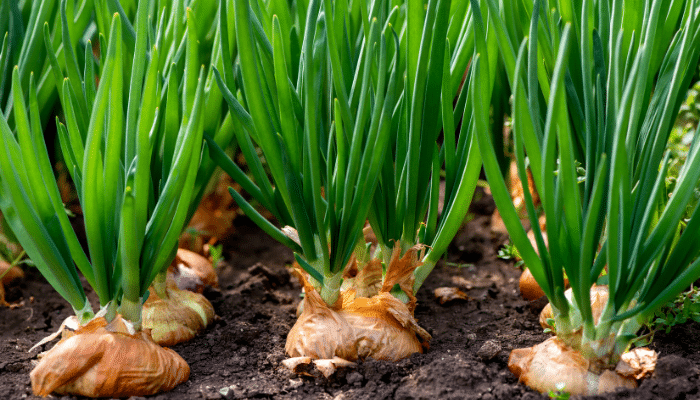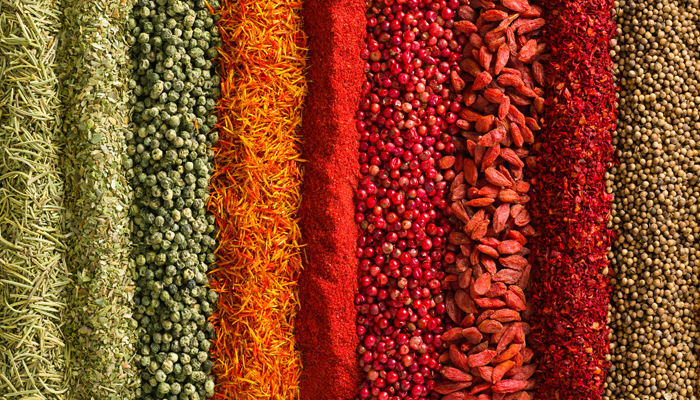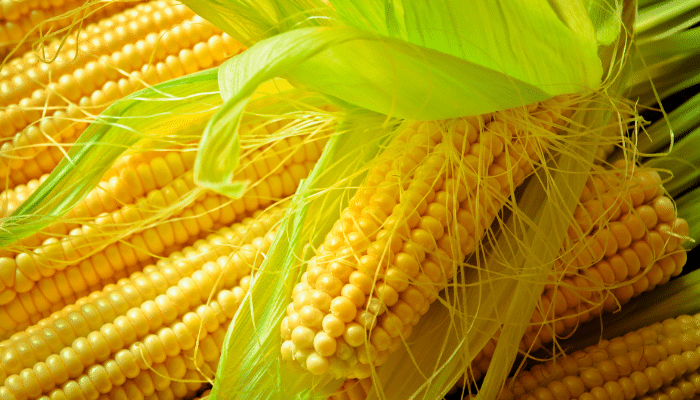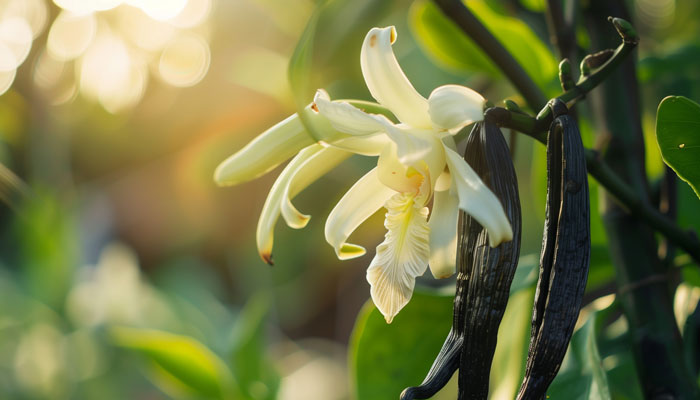

With its long-standing expertise in pesticide analysis, Phytocontrol invested in a R&D project two years ago to provide professionals in the fruit and vegetable sector with a unique and accredited solution for the analysis of dithiocarbamates.
The regulatory point
Dithiocarbamates are fungicides used in France and Europe. Two substances belonging to this family are still authorised in the EU: ziram and metiram.
A third has just been banned this year. Implementing Regulation 2020/2087 did not renew the approval of mancozeb, as EFSA classified it as category 1B reproductive toxicant and endocrine disruptor. Marketing authorisations (MAs) containing mancozeb have been withdrawn as of 4 July 2021. However, grace periods are granted until 4 January 2022.
The maximum residue level (MRL) of dithiocarbamates, as set out in EC Regulation 396/2005, is expressed as CS2. This regulation is problematic when deciding on the compliance of analysed samples of fruit and vegetables that naturally contain sulphur compounds, such as cabbages, radishes, turnips, leeks or garlics/onions/spring onions.
The Phytocontrol solution
Phytocontrol has gone further than the regulations to support the industry, and in an unprecedented approach, has responded to the problem of the usual dosage of CS2 on the fruits and vegetables concerned.
The laboratory works out the endogenous (naturally occurring in the matrix) or exogenous (resulting from a phytosanitary treatment) nature of the CS2 presence. This accredited analysis allows the detection and quantification of the three main families of dithiocarbamates :
- Ethylene-bis-dithiocarbamates (Mancozeb, Maneb, Zineb...)
- Propylene-bis-dithiocarbamates (Probineb...)
- Dimethyl-dithiocarbamates (Ferbam, Thiram, Ziram...)
To consult our COFRAC technical appendix N°1-1904, go to your customer area or to the COFRAC website.
Need technical, regulatory and pricing information? Our customer service is available from 8am to 8pm from Monday to Friday.
And if you don't want to miss any of the latest Phytocontrol news, join us on our LinkedIn and Facebook pages!
Est-ce que l'article vous a été utile?
Note moyenne 0 / 5. Nombre de votes : 0
Aucun vote pour l'instant ! Soyez le premier à évaluer cet article.




